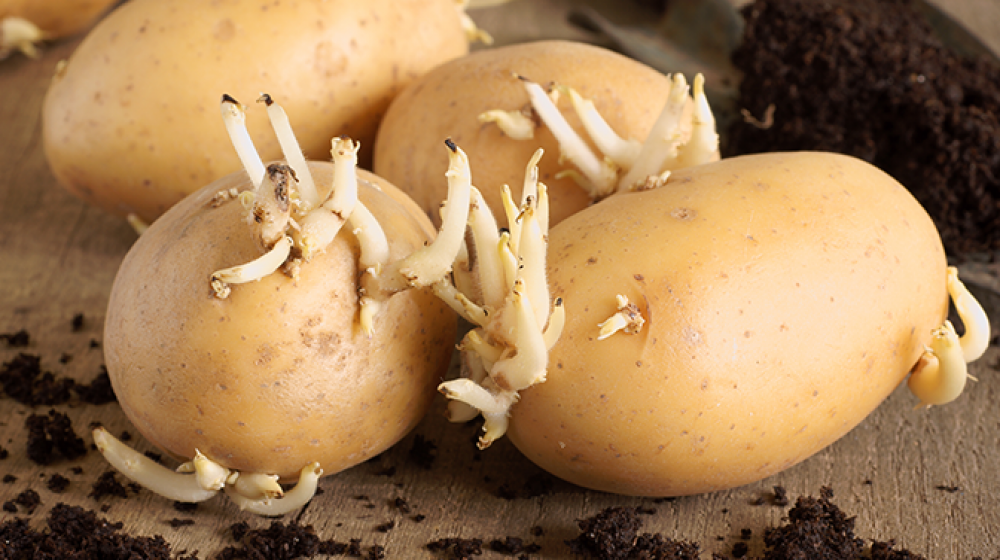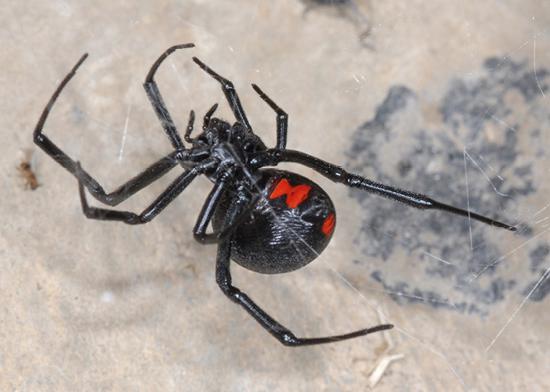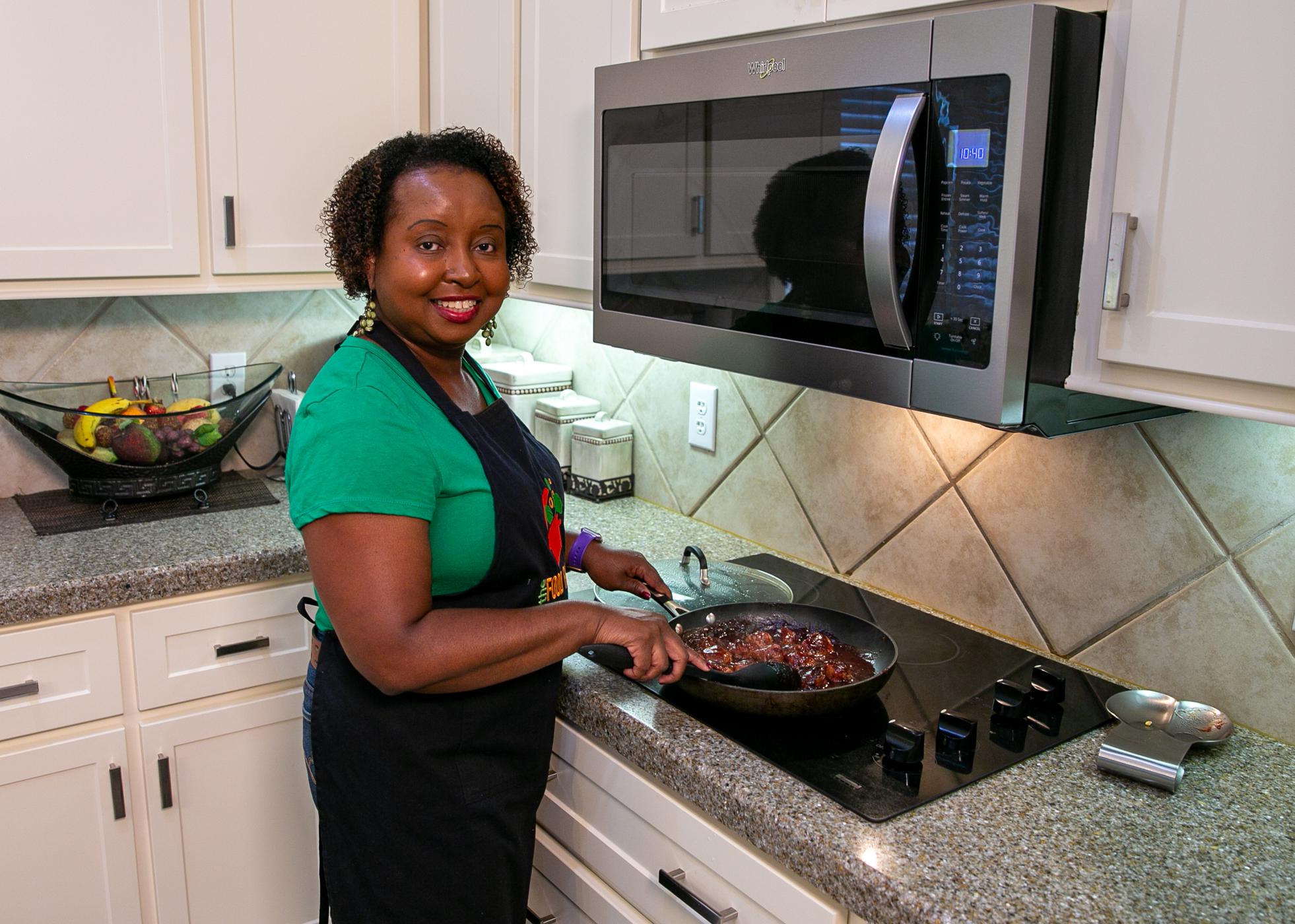Why Do Potatoes Sprout?

Potato sprouting is a natural process driven by environmental factors and the plant’s biological need to propagate.
Potatoes, known for their versatility and flavor, are a staple in kitchens around the world. Many of the dishes we eat either contain potatoes or can easily be paired with a potato side dish. However, if you’ve ever stored potatoes in your kitchen, you might have noticed they sometimes develop sprouts. Do you know why this happens?
Potatoes are tubers, which are underground stems that store nutrients for the plant. When conditions are favorable, potatoes will naturally begin to sprout. This sprouting process is a part of their life cycle. The “eyes” of potatoes can produce new shoots and roots. This growth process is driven by hormones and enzymes that stimulate the development of new plant structures.
Conditions that contribute to sprout development:
- Temperature: Potatoes are sensitive to temperature. When stored in warmer conditions, typically above 45°F (7°C), they are more likely to sprout. Cooler temperatures, between 40°F (4°C) and 45°F (7°C), help inhibit sprouting, which is why it’s best to store potatoes in a cool, dark place.
- Light Exposure: Light triggers the potato’s growth process. Even small amounts of light can signal the potato to start sprouting. This is why storing potatoes in a dark place is crucial to delay sprouting. Light not only encourages sprouting but can also lead to the production of solanine, a natural toxin that can make potatoes taste bitter and potentially cause health issues.
- Storage Time: Over time, potatoes naturally begin to sprout as part of their aging process. If potatoes are kept for too long, they will start to use their stored nutrients to grow, leading to sprouts.
- Humidity: High humidity can also promote sprouting. Potatoes stored in overly damp conditions are more prone to developing sprouts. Keeping storage areas well-ventilated and dry helps to prevent this issue.
While sprouted potatoes are generally safe to eat, the sprouts themselves can be toxic in large amounts due to solanine. It’s best to remove the sprouts and any green areas before cooking. If the potato is extensively sprouted or has a shriveled appearance, it might be best to discard it.
Potato sprouting is a natural process driven by environmental factors and the plant’s biological need to propagate. Understanding why potatoes sprout and how to manage their storage can help you maintain their quality and extend their shelf life. By following the best storage practices, you can keep your potatoes fresh and ready for your next meal.
Subscribe to Extension for Real Life
Fill in the information below to receive a weekly update of our blog posts.









